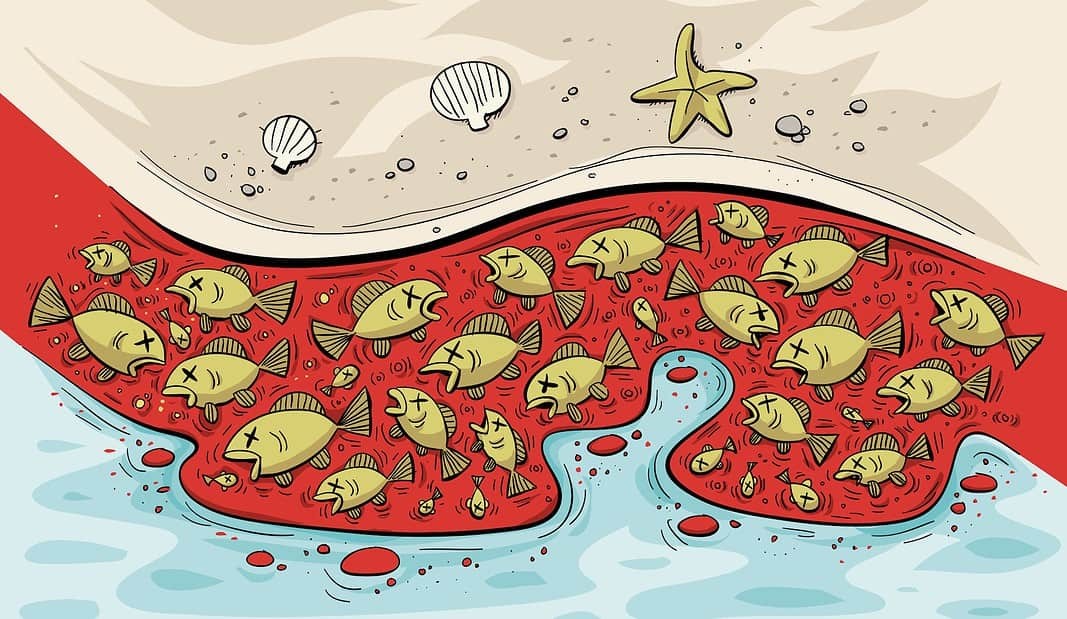Researchers at the Sarasota Bay Estuary Program and the Sanibel-Captiva Conservation Foundation have found that Red Tide events in Florida are being powered and fueled by human activity.
The scientists found that human activity played a role in intensifying and boosting the effects of natural Red Tide events after studies in Chalrolet Harbor showed that nitrogen inputs from the Caloosahatchee River and Lake Okeechobee played a key role in intensifying the Red Tide events.
The research was published in the journal Science of the Total Environment.
According to Christine Angelini, the study co-author and director of the Center for Coastal Solutions:
“This study confirms that nitrogen loads can in fact make red tide last longer. However, it is important not to jump to conclusions and immediately assign ‘blame’ for red tide events to a particular land use because other factors play a role as to the level of impact human activity will have.”
While the director of the Sarasota Bay Estuary Program and study co-author Dave Tomasko stated:
“Our paper simply indicates that there are additional benefits to reducing nitrogen loads such as a reduced enhancement of red tides that arrive on our coast. Basically, if we do the things that the state has already determined need to be done, we would not only benefit oxygen and water clarity and seagrass meadows in this estuary, but also likely help to reduce the impacts of future red tides.”
Miles Medina, the study’s lead author and research scientist at the University of Florida’s Center for Coastal Solutions, stated:
“While red tide blooms develop naturally, we took a long view and found evidence that human activity has helped fuel coastal blooms in this estuary to varying extents between 2012 and 2021. The UF Center for Coastal Solutions and our partners are using large datasets and cutting-edge tools in modeling, analytics and artificial intelligence to advance scientific understanding of red tide and other water quality issues along the coast…And to better understand these blooms, we need a comprehensive look at the entire watershed and the Gulf and how inputs from the watershed interact with circulation patterns and biological and chemical processes in the harbor.”
You can find the original study here.

